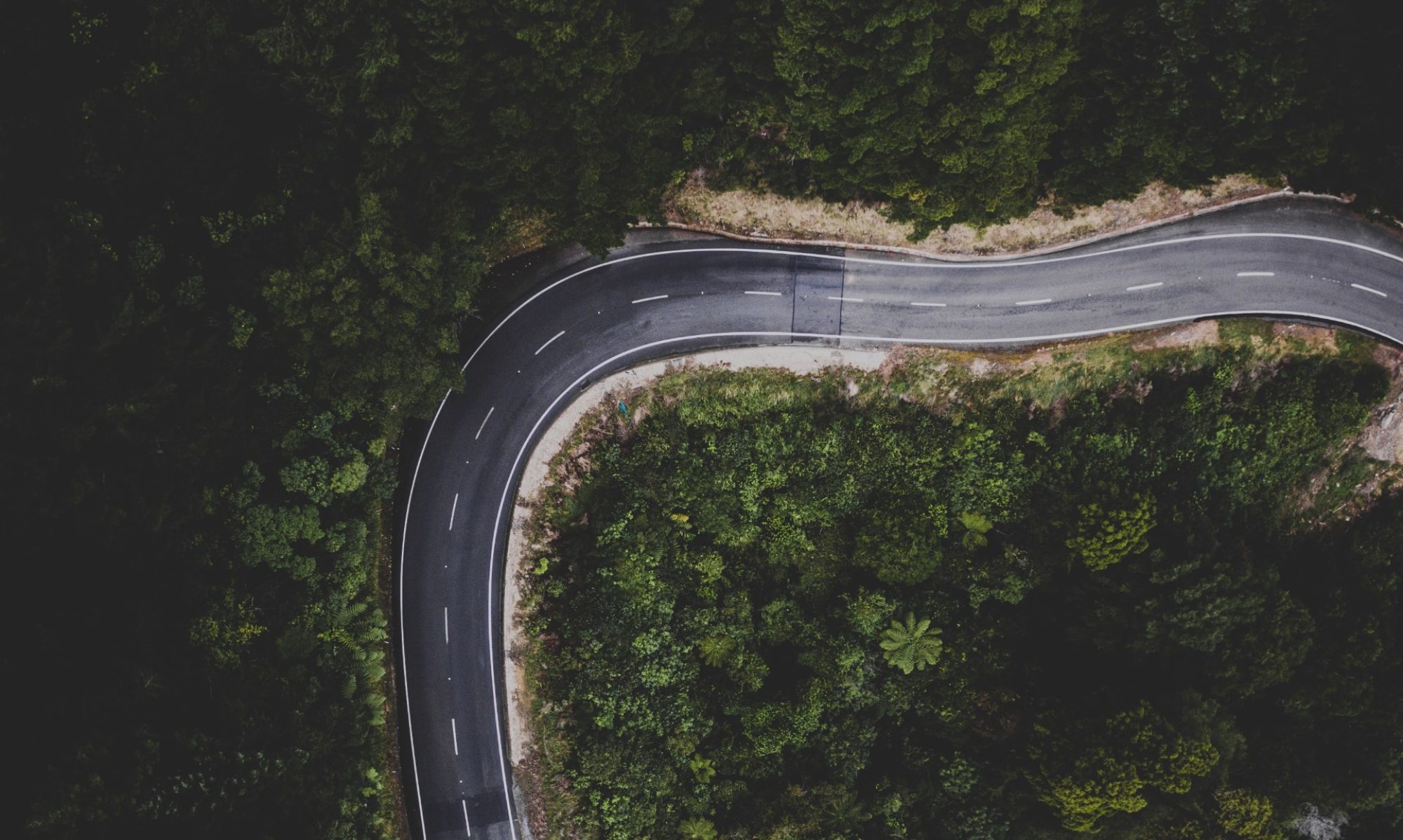
Land Rover Range Rover (L322)
After the total failure of the Freelander and the myriad reliability issues popping up with the Discovery II, BMW knew they had to get things right with their next car, or they were going to strike out. Thankfully, they knocked the L322 Range Rover out of the park. Sadly, they didn’t have long to enjoy their success, as Ford took over ownership of Land Rover in 2006.
Although it launched with BMW’s troublesome M62TUB44 V8 engine – which had become known for timing chain guide failures, VANOS issues, and miscellaneous oil leaks – and had electrical issues characteristic of most early-2000s BMW vehicles, the 3rd generation Range Rover was the definitive luxury SUV. This was a remarkable feat, considering it was up against the brand new Porsche Cayenne and Volkswagen Touareg, along with the very successful Cadillac Escalade and Lincoln Navigator – and it managed to do this while maintaining impressive off-road capabilities.
In general, the L322 became more reliable with each successive year, as Ford slowly replaced more of BMW’s parts with their own and patched various issues. If you want to buy one, the best one to get is the most recent one you can find – though it is worth mentioning that the Jaguar AJ133 engine used in model year 2010 and later has issues with timing chains and water pumps. These issues cost thousands of dollars to resolve, so if you intend on purchasing a 2010 or later, ensure that they have been fixed already. Generally, you should avoid model years 03-05, as those had the BMW engine instead of the later Jaguar V8’s. That said, some owners of the M62TU-engine L322 prefer its personality to that of the Jag AJ41 powerplant’s. When well-maintained, the L322 can run for hundreds of thousands of miles – just watch out for the occasional electrical niggle.
Watch Doug DeMuro’s video (he spent $16,000+ in repairs over six years)
Engines
Click the links below to see common problems specific to the engines available on this vehicle.
- BMW M62TUB44 (HSE MY03-05)
- Jaguar AJ34 (Supercharged MY06-09) – Note that Land Rover have their own variant of this engine that differs from the Jaguar AJ34S
- Jaguar AJ41 (HSE MY06-09)
- Jaguar AJ133 (HSE MY10+, Supercharged MY10+)
Problems
All Vehicles
Mechanical
- Automatic transmissions can fail if fluid is not changed every 60k miles
- Rear hub bushes – clunks over bumps
- Front driveshaft/differential – propshaft coupling wears and eventually fails, leaving the car undrivable – caused by misalignment of the driveshaft
- Radiator expansion tank / coolant reservoir
- Front and rear ball joints
Electrical
- Air suspension, especially the air springs
- Dead pixels on LCD screens
- Electronics in general, but specifically:
- Power folding mirrors
- Door handles
- Windshield wipers
- Headlight washers
- Trunk release
- Rear parking sensors (if equipped)
- Electric steering column
- Heated steering wheel (if equipped)
- Steering wheel controls
- Electric seat adjustment
- Navigation screen (if equipped)
- Horn
Body & Cosmetic
- Rust on tailgate
Certain Vehicles
- Vehicles with M62TU engines: A clunking noise when throttle is released or applied may be caused by the powertrain control module, which should be reflashed
- VINs 100042 to 175505: High engine speeds, transmission shift problems, and/or transmission overheat warnings may be caused by partial blockage of the radiator – this requires replacement of the radiator
- VINs up to 6A226169: Failure of the navigation system may require replacement of the navigation computer and installation of a water shedder
- VINs from 100003 onward: Water may enter the cabin from a blocked roof opening panel drain tube or a badly fitted front door water shedder
- VINs between 2A100047 and 5A198057: Abnormally high steering effort during parking maneuvers may be caused by the power steering control valve actuator
